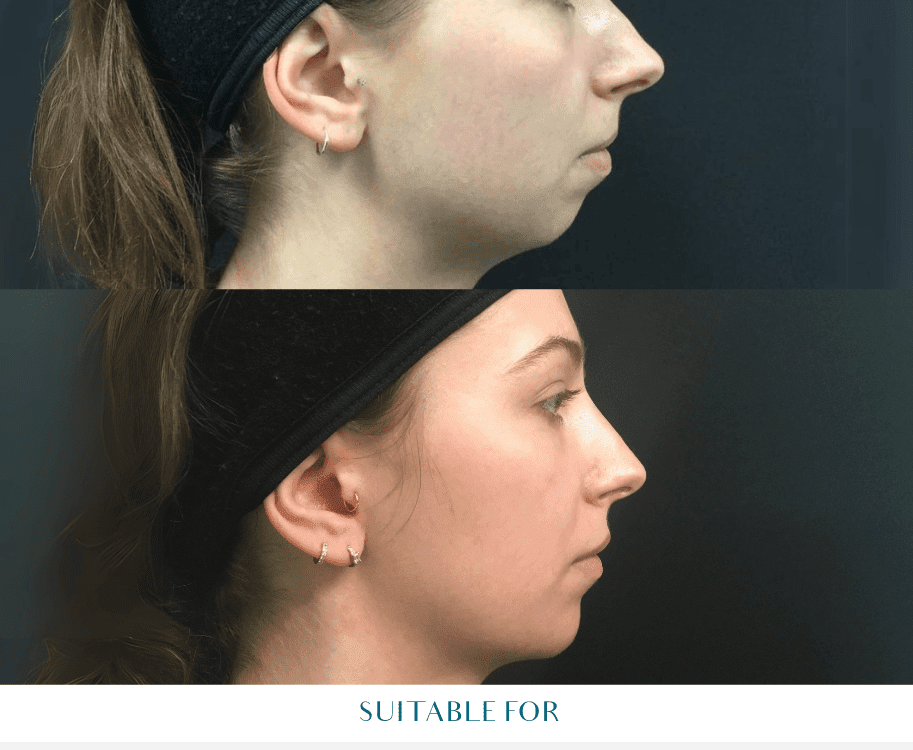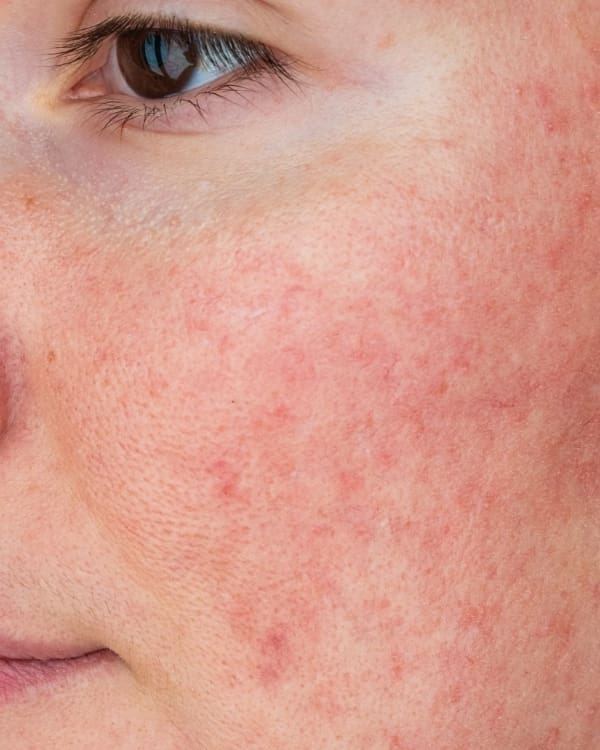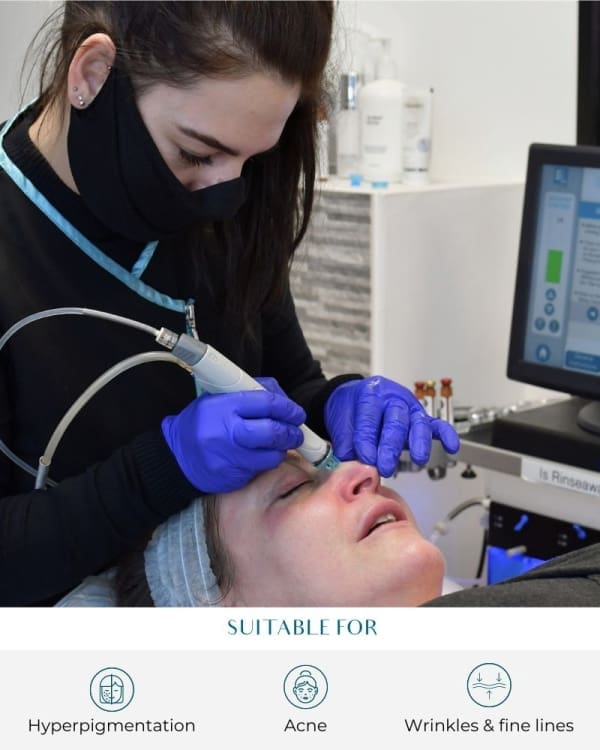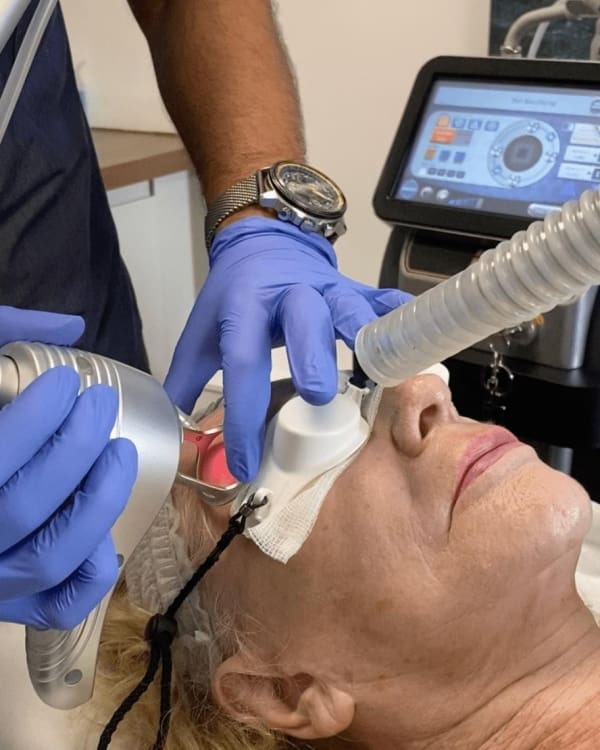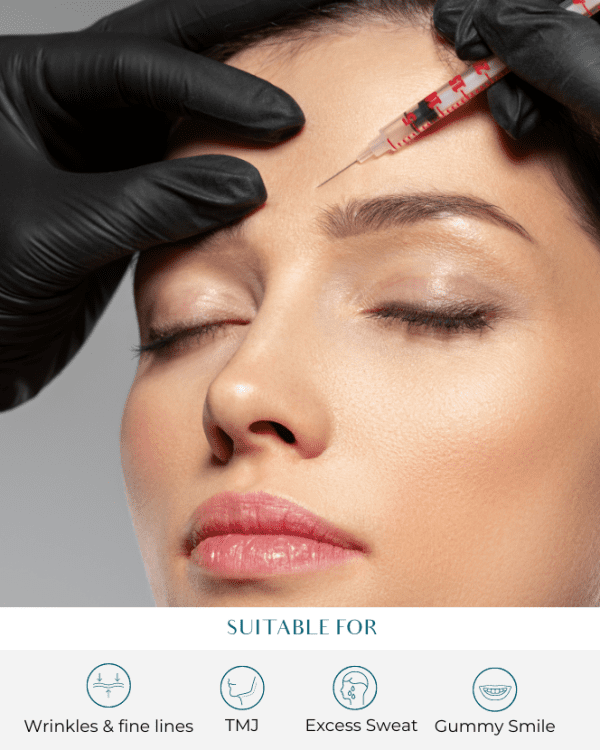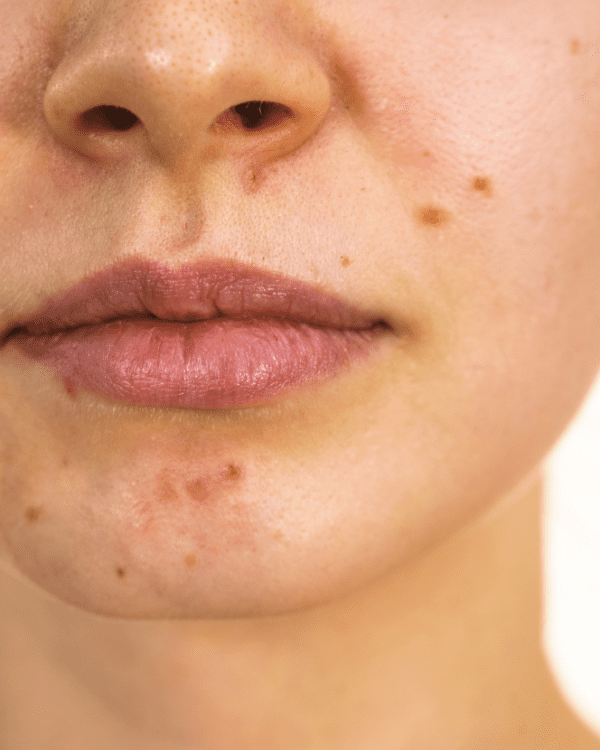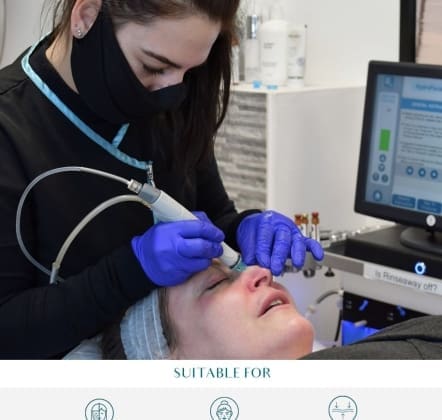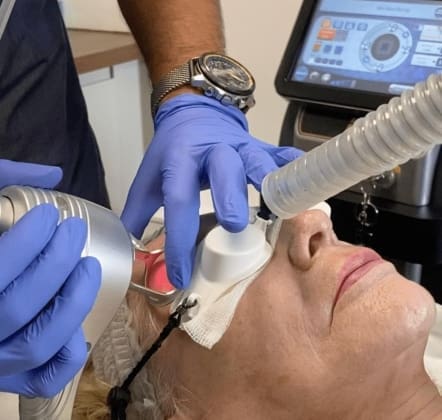How Long Does Filler Last? Everything You Need to Know
Dermal fillers have become one of the most popular cosmetic treatments in the UK, offering a minimally invasive procedure with minimal downtime and natural results. But how long does filler last—and what can you expect from different types of dermal filler treatments?
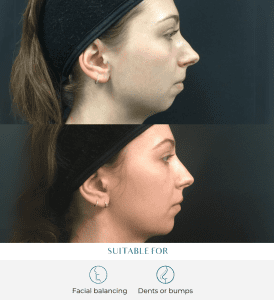
What Are Dermal Fillers?
Dermal fillers are injectable treatments designed to restore volume, add volume, sculpt facial features, and reduce the appearance of sagging skin and wrinkles. A filler treatment involves the injection of dermal fillers by a qualified practitioner, and it is important to choose a reputable clinic for safe and effective results. They can be used for lip augmentation, lip enhancement, under eye fillers, cheek fillers, jawline filler, nose fillers, nasolabial folds, and more. Lip filler is a popular application for enhancing lip volume and shape. Most fillers either use substances naturally found in the body—like hyaluronic acid filler, which is a common and temporary option—or biocompatible materials that stimulate collagen production.
Types of Dermal Filler Injections & Their Longevity
How long fillers last depends on the type of filler product, the treatment area, your own body, and both internal and external factors.
| Filler Material | Expected Duration | Key Details |
|---|---|---|
| Hyaluronic Acid Fillers (HA) | 6–24 months | Found in Juvederm, Restylane; safe, reversible with an enzyme called hyaluronidase. Most popular for lips, cheeks, and jawline. These fillers absorb water, which helps maintain volume and prolong results. Some magnetic resonance imaging (MRI) studies suggest longevity much longer than previously thought—up to 15 years in rare cases, with MRI able to detect the presence of fillers years after the initial treatment! |
| Poly-L-Lactic Acid | Up to two years or more | Works by stimulating collagen production and adding volume through a natural inflammatory response. Needs multiple treatments for the best results; used for deep lines, facial fat loss, and defined jawline. Delayed inflammatory reactions can occur months after the initial treatment, so patients should be aware of this potential side effect. |
| Calcium Hydroxylapatite | 10–14 months | Stimulates collagen production; adds support and structure to deeper lines, jawline, and cheeks. |
| Facial Fat Grafting | Many years, potentially permanent | Fat from your own body is used to restore facial volume. Longer-lasting than fillers, but a more invasive procedure. |
| Hyaluronic Acid + CaHA Mix | About a year, with added structure | Used for enhanced support in jawline, chin, and cheek augmentation. |
Area-by-Area: How Long Do Dermal Fillers Last?
- Lip Fillers & Lip Injections: 6–12 months. Constant movement and thin skin mean faster breakdown and absorption. Regular touch-up treatment may prolong fullness and natural shape. Filler can sometimes migrate above the lip line, which may affect the appearance and longevity of results.
- Under Eye Fillers (Tear Trough): 6–9 months, sometimes longer if combined with cheek support.
- Cheek Fillers: 9–24 months.
- Jawline Filler: 12–24 months, especially with denser material. Jawline filler can also help reduce the appearance of a double chin and enhance overall facial contours.
- Nose Fillers: 6–9 months. Non-surgical nose fillers and Sculptra™ are two treatments for nose contouring, differing in duration and suitability for various nose concerns.
- Nasolabial Folds & Marionette Lines: 9–12 months.
- Facial Fat Grafting: Many years or permanent if fat successfully integrates.
What Affects Filler Longevity?
Multiple internal and external factors can influence how long dermal fillers last:
- Metabolism: Fast metabolisms break down fillers more quickly.
- Lifestyle factors: Sun exposure, smoking, frequent lip movement, and strenuous exercise can degrade filler and affect skin elasticity.
- Injection technique: Accurate placement by a skilled practitioner maximises lasting results and minimises allergic reaction or risk to blood vessels (avoid setting vascular complications).
- Treatment area: Areas with constant movement (lips, around the mouth) absorb water and degrade faster.
- Skin quality: As we age, we naturally lose volume in the face, leading to a sunken or hollow appearance. Timely filler maintenance can address this volume loss and help maintain a youthful look. Volume loss from aging, loss of facial fat, or reduced facial volume can reduce results over time.
- Maintenance: Booster or touch-up treatments help sustain results and stimulate your own collagen production.
What About Minimal Downtime?
Dermal filler injections are known for minimal downtime. Most patients return to daily activities immediately, though mild swelling, redness, or bruising at the injection site is common and usually resolves quickly. Always follow aftercare advice to reduce risk and enhance natural results.
How Can I Prolong My Filler Results?
- Schedule timely touch-up treatments.
- Limit sun exposure—UV rays may degrade hyaluronic acid fillers and reduce their effects.
- Maintain general health and stable weight to preserve facial volume and skin elasticity.
- Consider your options: HA filler is easily reversed with hyaluronidase if needed.
Are There Risks or Side Effects?
Like any injectable treatment, there’s a rare risk of allergic reaction or improper placement (e.g., filler injected into a blood vessel). Always choose a skilled, qualified injector who understands facial anatomy.
Frequently Asked Questions
How long do different fillers last?
- Most hyaluronic acid fillers last 6–24 months, with some formulas enduring longer in certain facial areas. Poly-L-lactic acid and calcium hydroxylapatite offer longer-lasting results, sometimes up to two years or more.
Do fillers provide permanent results?
- Only fat grafting is potentially permanent; all other dermal fillers are temporary but can provide results for months to years.
Can fillers stimulate collagen production?
- Yes! Poly-L-lactic acid, calcium hydroxylapatite, and repeated treatments with hyaluronic acid can encourage your own collagen and help maintain a more youthful appearance.
What if I want to reverse the effects?
- Hyaluronic acid fillers are reversible with an enzyme called hyaluronidase, which dissolves the product safely.
In summary, the answer to “how long does filler last” depends on the filler material, area treated, individual factors, and aftercare. With options ranging from 6 months to over 2 years—and, for facial fat grafting, potentially permanently—there’s a solution tailored for every need and facial feature. Choose reputable clinics, prioritise safety and natural shape, and enjoy your enhanced, youthful appearance!
Conclusion: Choosing the Right Filler for You
With a wide variety of dermal fillers available, selecting the best option for your needs can feel overwhelming. The key to achieving beautiful, natural results is to work with a board-certified dermatologist or plastic surgeon who can tailor a treatment plan to your unique facial anatomy and aesthetic goals. During your consultation, your practitioner will help you choose the right type of filler—whether it’s hyaluronic acid fillers for lip augmentation, cheek fillers, or under eye fillers, or longer-lasting options like poly-L-lactic acid or calcium hydroxylapatite for deeper wrinkles and nasolabial folds.
Each filler material offers distinct benefits in terms of dermal filler longevity, texture, and suitability for different areas of the face. Your provider will consider factors such as your skin type, the degree of volume loss, and your desired outcome to recommend the most effective filler treatments. By understanding the expected duration of each filler and discussing your options, you can make an informed decision that aligns with your lifestyle and expectations.
Ultimately, the best results come from a personalized approach and a skilled practitioner who prioritizes your safety and satisfaction. With the right dermal filler and a customized treatment plan, you can restore facial volume, smooth deeper wrinkles, and enjoy a more youthful appearance—helping you look and feel your best for months or even years to come.















